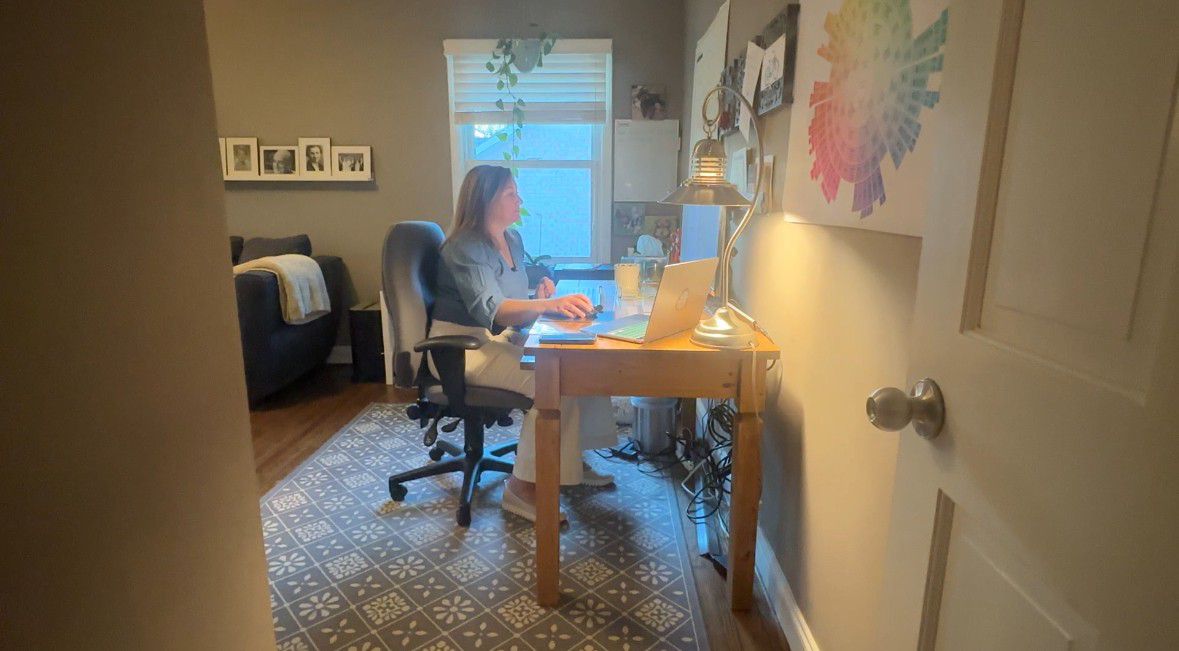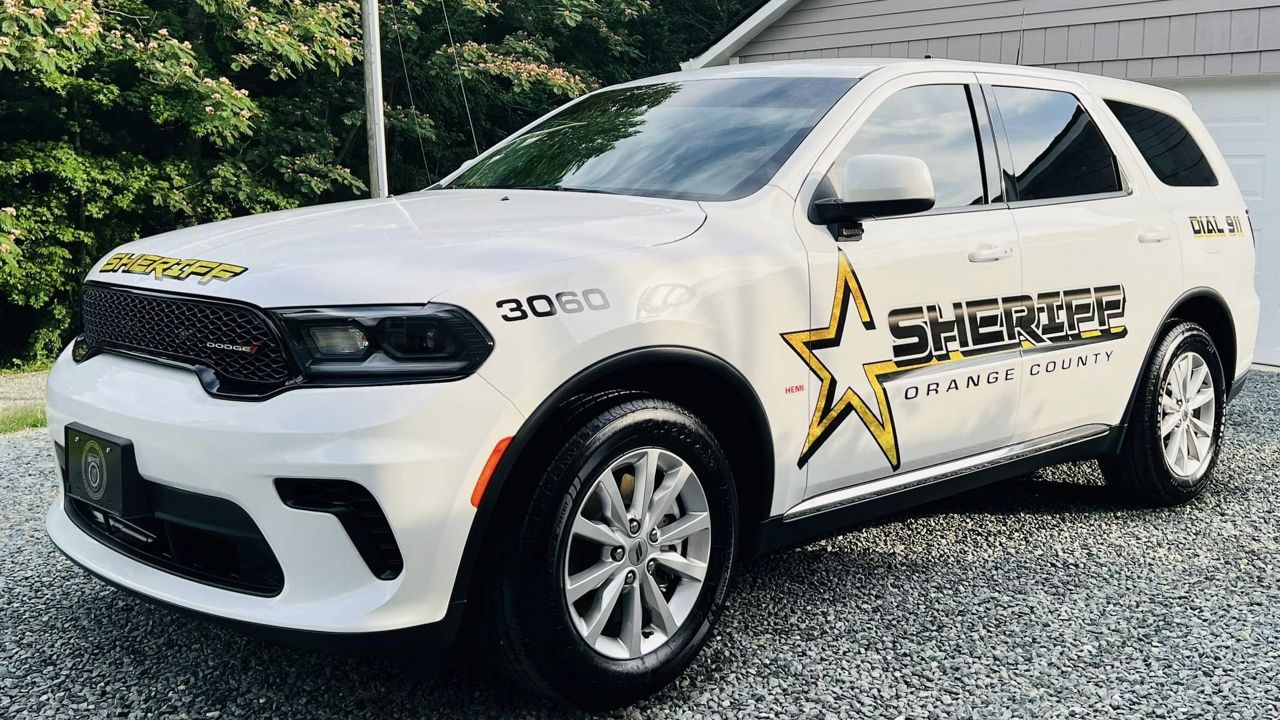CHARLOTTE, N.C. — It's fair to say Kevin Crimmins and his family live in a “green” home.
He drives an electric car, has battery-powered tools and had insulation installed upstairs that cuts down the cost for heating and cooling.
“You can go to Home Depot, rent a machine and blow it in yourself...they said it would be about 25, 30% of reduction in cost for heating and cooling,” Crimmins said.
He also installed solar panels on his roof.
“It was really about choosing something that is beneficial to the earth but also made sense financially,” Crimmins said.
Crimmins says his electricity bill is a fraction of what it used to be.
These types of “green” homes are coming into focus following President Joe Biden's green energy. The plan calls for cutting fossil fuel emissions more than half by 2030.
“I don't think many folks are going to have a big impact on their day-to-day lives,” said North Carolina League of Conservation Voters Director of Government Relations Dan Crawford. “We're going to transition from things like coal-fired power plants to solar, we're going to be using wind, it's also going to be a modernization of the grid.”
What he does expect is people may see more tax incentives to take green steps within their home.
Crimmins used a tax rebate when he added solar panels.
“All of the choices we made have been financially in our interest,” Crimmins said.
According to the International Association of Certified Home Inspectors, homeowners can also save money by installing a tankless water heater, replacing incandescent lightbulbs with LED or CFL bulbs and insulating windows and doors.









